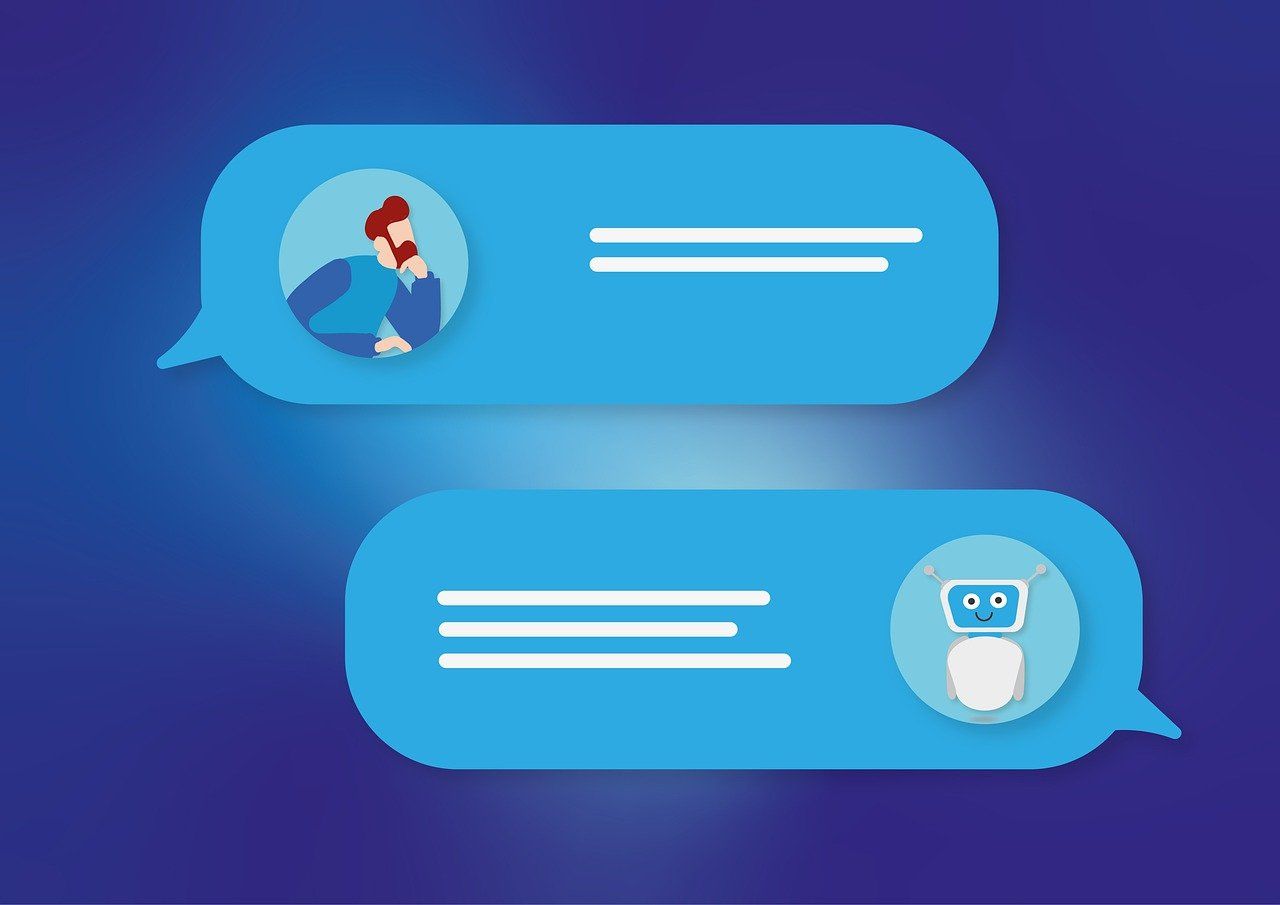
Designing Highly Customizable AI Chatbots for Unique Business Needs
 In today's fast-paced business environment, AI chatbots have become indispensable tools for customer service, lead generation, and internal operations. However, off-the-shelf solutions often fall short when it comes to addressing the unique needs of individual businesses. This post explores the process of designing highly customizable AI chatbots that can be tailored to meet specific business requirements.
In today's fast-paced business environment, AI chatbots have become indispensable tools for customer service, lead generation, and internal operations. However, off-the-shelf solutions often fall short when it comes to addressing the unique needs of individual businesses. This post explores the process of designing highly customizable AI chatbots that can be tailored to meet specific business requirements.
Understanding the Need for Customization
Every business has its own set of challenges, processes, and customer interactions. A one-size-fits-all chatbot solution may not effectively address these unique aspects.
Customizable AI chatbots allow businesses to create conversational interfaces that align perfectly with their brand voice, workflow, and customer expectations.
Defining Business Objectives
The first step in designing a customizable chatbot is to clearly define the business objectives it needs to meet. These could range from improving customer support response times to automating internal processes or enhancing lead qualification. By establishing clear goals, businesses can ensure that the chatbot's design and functionality are purpose-driven.
Mapping User Journeys
To create an effective chatbot, it's crucial to understand the various ways users might interact with it. Mapping out potential user journeys helps identify key touchpoints and common queries. This process involves analyzing existing customer interaction data, conducting user interviews, and collaborating with different departments to gain a comprehensive view of user needs.
Designing the Conversational Flow
With user journeys mapped out, the next step is to design the conversational flow. This involves creating decision trees that guide the chatbot's responses based on user inputs. The flow should be intuitive, allowing for natural conversation progression while efficiently guiding users to their desired outcomes.
Implementing Natural Language Processing
A key component of a highly customizable chatbot is its ability to understand and respond to a wide range of user inputs. Advanced Natural Language Processing (NLP) techniques enable the chatbot to interpret user intent, even when queries are phrased in unexpected ways. This flexibility is crucial for handling the diverse ways in which users might express their needs.
Integrating with Existing Systems
For a chatbot to be truly useful, it needs to integrate seamlessly with existing business systems. This could include CRM platforms, inventory management systems, or internal databases. By connecting to these systems, the chatbot can provide real-time information and perform actions that go beyond simple conversations.
Personalization Capabilities
Customizable chatbots should have the ability to personalize interactions based on user data and behavior. This could involve remembering past interactions, adapting tone based on user preferences, or offering personalized recommendations. Such personalization enhances user experience and can significantly improve engagement rates.
Multilingual Support
For businesses operating in multiple regions or serving diverse populations, multilingual support is crucial. A highly customizable chatbot should be able to communicate fluently in various languages, understanding cultural nuances and idiomatic expressions.
Analytics and Continuous Improvement
To ensure the chatbot remains effective over time, it's essential to implement robust analytics capabilities. These should track key performance indicators, user satisfaction levels, and areas where the chatbot struggles. This data can then be used to continuously refine and improve the chatbot's performance.
Scalability and Flexibility
As business needs evolve, the chatbot should be able to scale and adapt. This means designing the architecture in a modular way, allowing for easy addition of new features or modification of existing ones without a complete overhaul.
Ethical Considerations and Transparency
When designing customizable AI chatbots, it's important to consider ethical implications. This includes being transparent about the fact that users are interacting with an AI, handling sensitive information responsibly, and ensuring that the chatbot doesn't perpetuate biases.
Testing and Iteration
Before full deployment, extensive testing is crucial. This should include both automated testing of various scenarios and real-world testing with actual users. Based on the feedback and results, iterative improvements can be made to enhance the chatbot's performance and user experience.
Conclusion
Designing highly customizable AI chatbots for unique business needs is a complex but rewarding process. By focusing on specific business objectives, understanding user needs, and leveraging advanced AI technologies, it's possible to create chatbots that not only meet current requirements but can also adapt to future challenges.
As AI technology continues to evolve, these customizable chatbots will play an increasingly important role in shaping how businesses interact with their customers and streamline their operations.
Related Articles


